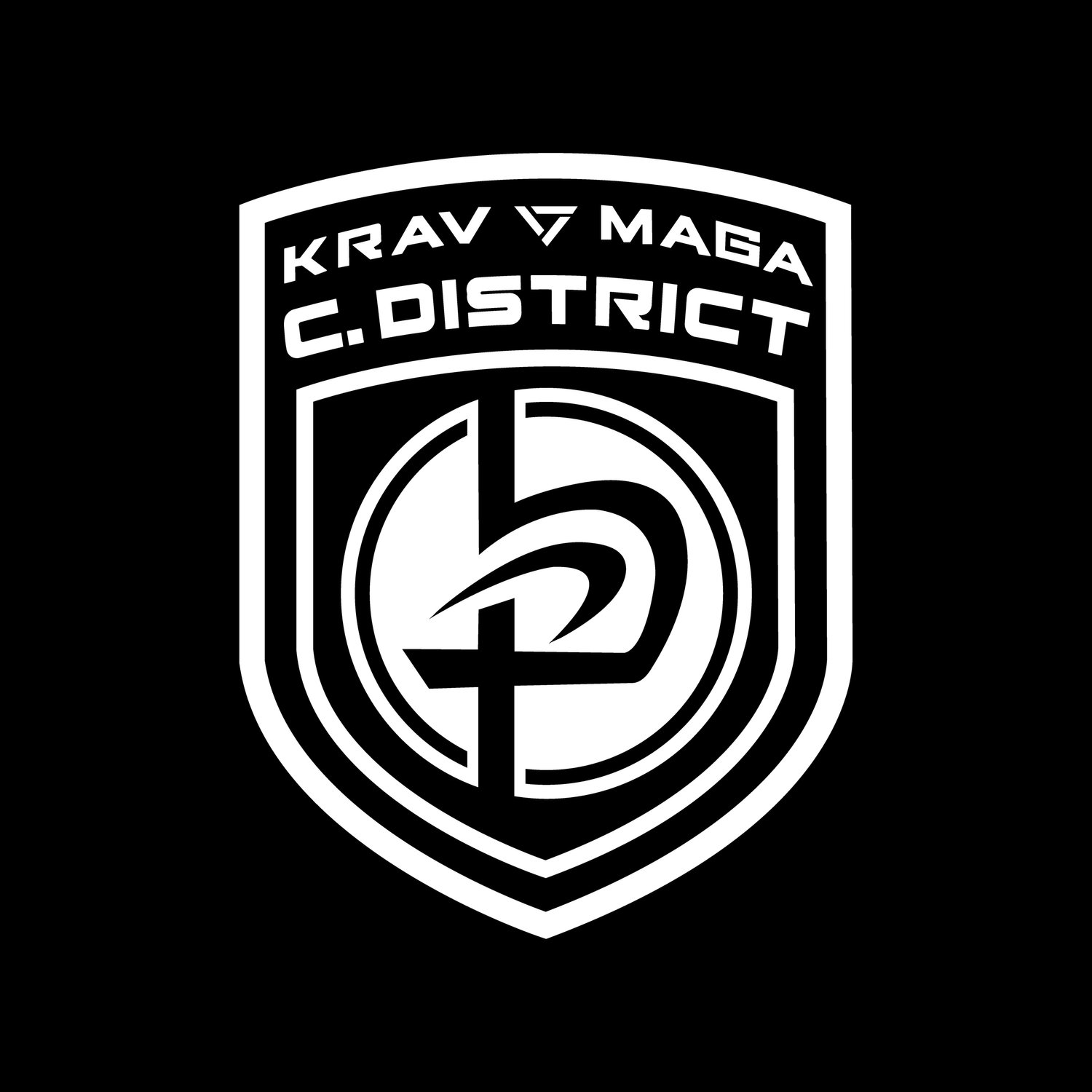How Krav Maga Differs from Martial Arts for Sport Fighting
When you think of martial arts, you likely picture organized sport—Brazilian Jiu‑Jitsu rolling on mats, Muay Thai gloves up, or boxers trading combinations under bright lights. These disciplines cultivate discipline, fitness, and competition. But they operate within rules and context. Real-world violence does not.
Krav Maga was born not for tournaments but for survival. Developed for the Israeli Defense Forces, it prioritizes simple, instinctive movements aimed at neutralizing threats instantly. According to experts, it employs simultaneous defense and counterattack, targeting vulnerable areas like the throat, groin, and eyes. It is designed to be learned quickly and applied immediately, without years of training or mastery of form.
By contrast, Brazilian Jiu‑Jitsu excels in ground grappling, submissions and positioning, which are essential skills for sport fights but less effective on a sidewalk when multiple assailants or weapons are involved. Muay Thai, boxing, karate and judo focus on striking, leverage, or structure. Although these skills are valuable, they’re still bounded by rules and often missing defenses against grabs, weapons, environmental constraints or surprise.
What sets Krav Maga apart is its realism. Training often includes scenario work such as protecting yourself against armed attackers, in confined spaces, and with limited light. Students learn situational awareness, stress inoculation and decision-making under pressure. This approach aligns with real risk, not competition.
For anyone serious about personal safety (and not trophies), Krav Maga offers the fastest route to usable defense. It is a system built for unpredictable threats and ordinary people. If your goal is self‑protection, it makes more sense to train for reality, not rules.

